Overview
The Confederate flag, also known as “Dixie flag” or “Southern Cross,” is the most well-known variant of the three national flags adopted by the Confederate States of America (CSA) during its existence in the American Civil War. In the United States, public display of the flag has been a long-standing issue of national debate due to its historically symbolic association with the southern states’ support of slavery.
Background
The Flag
The Confederate flag was designed in 1861 by William Porcher Miles, the chairman of the CSA’s Flag and Seal committee, as a contender for the third national flag of the southern states, though it was ultimately rejected in favor of Arthur L. Roger’s “The Blood-Stained Banner.” Instead, Miles’ design was chosen as the official battle flag of the Army of Northern Virginia (shown below, left), representing General Robert E. Lee’s troops from its adoption in 1861 until the fall of the Confederacy in 1865, and a rectangular variation was similarly adopted as the battle flag of the Army of Tennessee (below, right).
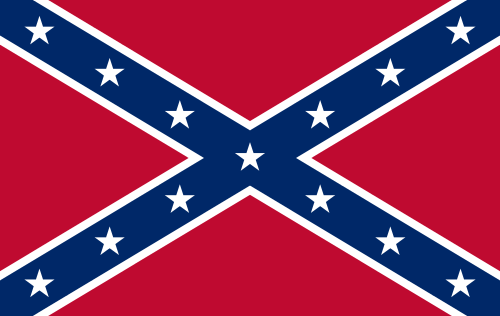
Post-Civil War Usage
Though never recognized as one of the official national flags during its existence, the flag gradually emerged as a symbol of the American south and its regional pride among the traditionalist white population in the decades following the end of the Civil War. However, the usage of the Confederate flag was mostly limited to the political minority in the southern states until the mid-20th century, when it enjoyed a large-scale revival as the official emblems and battles of several South-based U.S. military units during the World War II. In 1956, the Confederate battle flag was re-introduced into the official state flag of Georgia.

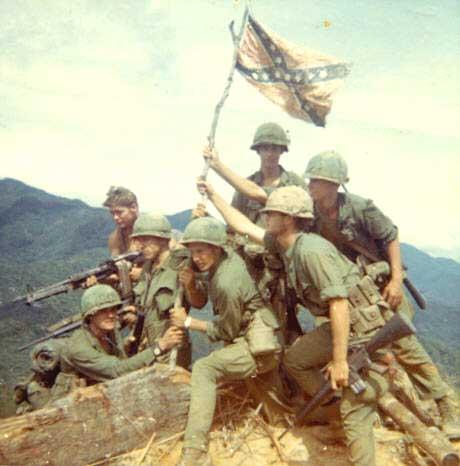
Notable Developments
South Carolina Capitol Flag Protest (2000)
Following the revival of the Confederate flag’s popularity in the post-World War II era, the propriety of its usage in public and official functions, as well as the symbolic significance of the flag itself, soon became a hot-button issue across the country, which culminated into its first major breaking point in 1997 with the efforts of civil rights activists’ campaign to remove the Confederate flag from the dome of the Capitol building. In 2000, the battle flag was removed from the top of the Capitol’s dome by law in South Carolina, however, with a caveat that any further alterations of tributes to Confederate history would require the 2/3 majority consent of the lawmakers. In addition, a smaller flag was erected as a partial replacement on the lawn of the state house.


South Carolina Capitol Flag Protest (2015)
In June 2015, the debate saw its largest resurgence yet in the wake of the tragic Charleston Church Shooting by a lone white supremacist gunman. Due to the racially charged nature of the attack, as all nine victims were African Americans, and the subsequent findings of the suspect’s fascination with the Confederate flag, many on Twitter and the news media quickly raised issue with the Confederate flag still flying at the South Carolina State House in Columbia. On June 22nd, in response to the public backlash, the Republican governor Nikki Haley urged state legislators to ban the public display of Confederate flag on government sites, followed by the the state house’s approval of a legislative hearing to consider the ban on the next day.

#TakeDownTheFlag
Shortly after the Charleston mass shooting in June 2015, an anti-Confederate flag social media movement was launched under the hashtag banner #takedowntheflag[10], which grew in size as many news sites joined in on to promote the protests. On MoveOn.org[8], a petition against the display of Confederate flags in government buildings has garnered over half a million signatures, while major retail companies like Walmart, Target, Amazon, eBay and Etsy have pledged to discontinue carrying any confederate flag-themed merchindise.
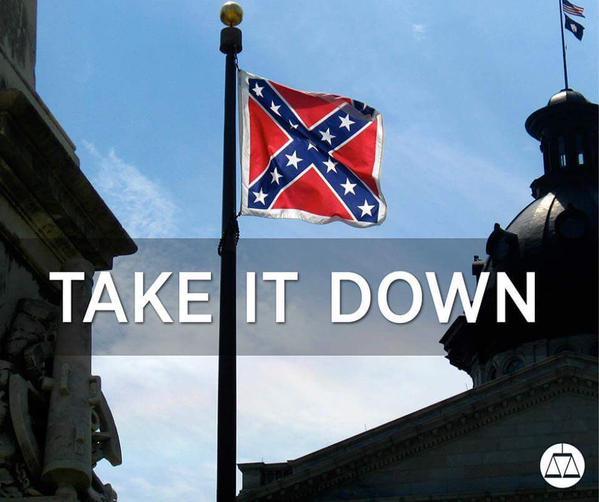
Parodies
The Onion has mocked the official use of the Confederate flags in southern states since as early as November 4th, 1998 in a parody headline that reads “Georgia Adds Swastika, Middle Finger To State Flag”[1] and a photoshopped image, followed by a faux-public opinion column on the confederate flag controversy in South Carolina on January 26th, 2000. Due to its strong association with white supremacy in gang culture and pop culture, the flag is quite often incorporated into portrayals and satires of Murican stereotypes in popular culture and internet memes.
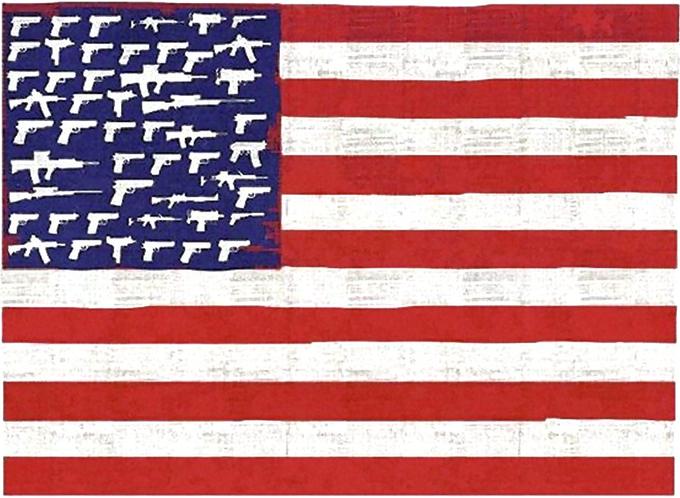

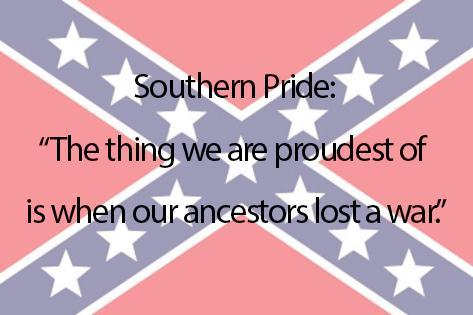
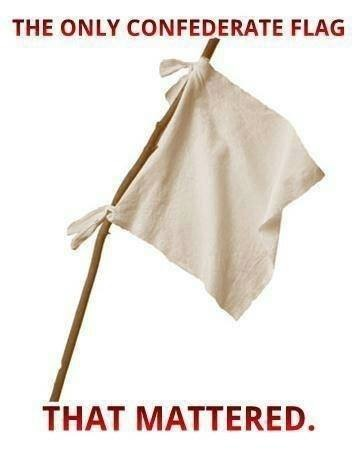
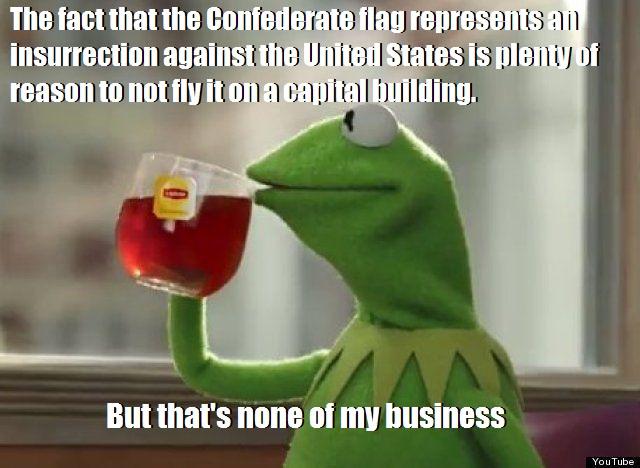
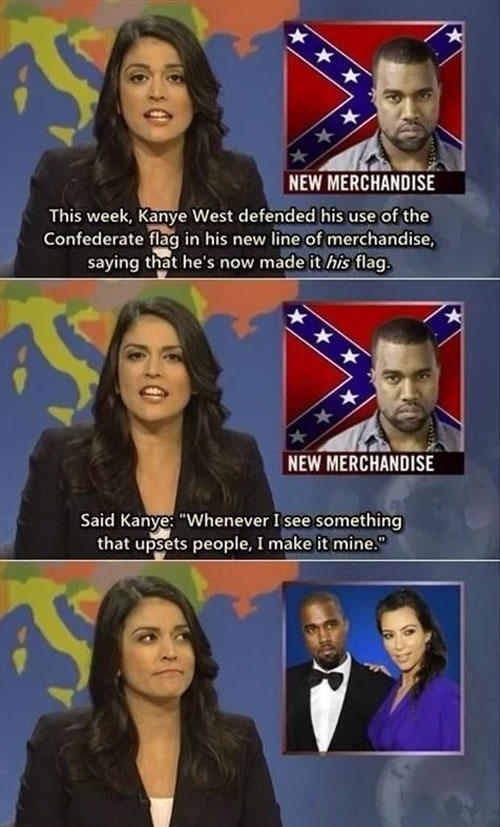
Polls
In 2011, a Pew Research poll showed that 30% of Americans felt a “negative reaction” upon being shown the Confederate flag, while 9% had a positive reaction and the majority felt indifferent about it.
Search Interest
External References
[1]The Onion – Georgia Adds Swastika, Middle Finger To State Flag
[2]The Onion – Confederate Flag Controversy
[3]New York Times – Confederate Flag Divides G.O.P. in South Carolina
[4]PBS Newshour – Debating the Flag
[5]Wikipedia – Confederate Flag
[6]The Atlantic – Take Down the Confederate Flag--Now
[7]Gizmodo – The Internet Is Done With The Confederate Flag
[8]MoveOn – Remove the Confederate Flag From All Government Places
[9]Reddit – South Carolina State Rep. will introduce bill to remove Confederate flag
[10]Twitter – Hashtag Results for #takedowntheflag
[11]Topsy – Twitter Analytics for #TakeDownTheFlag
[12]Wikia – ConfederateBall














